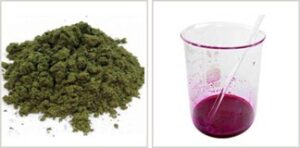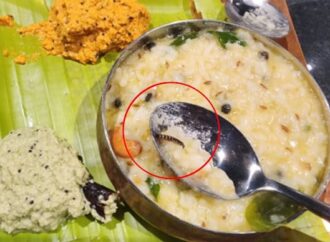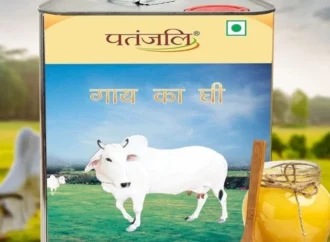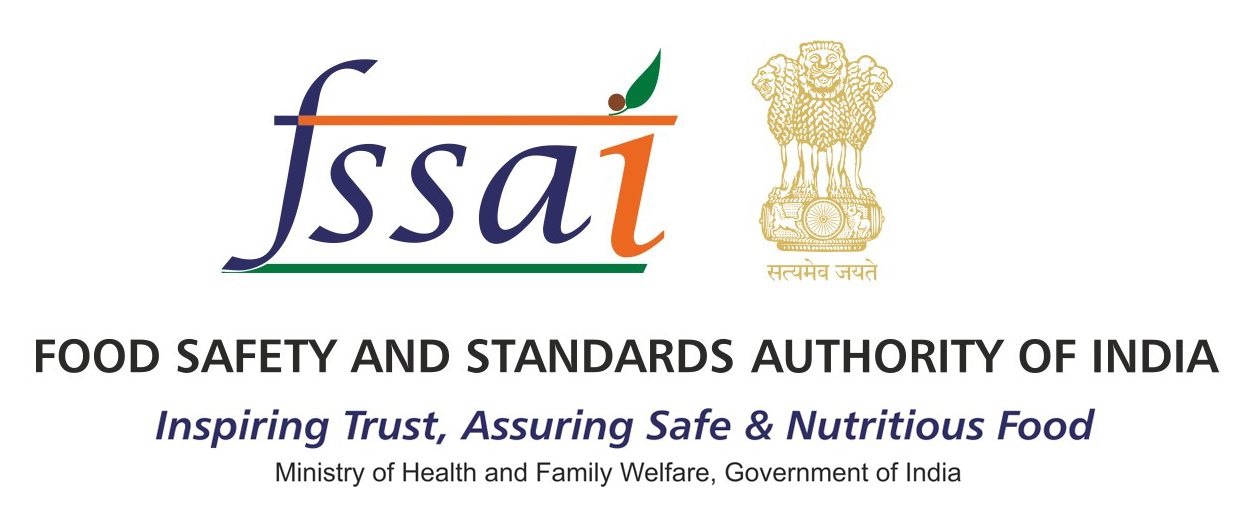Recent reports indicate that several governments have prohibited cotton candy due to health hazards linked to rhodamine B. This chemical compound gives cotton candy its bright colour. While manufacturers use rhodamine B to colour materials like cotton, wool, leather, jute, and silk, authorities strictly forbid its application in food.
What is Rhodamine B?

Rhodamine B (RhB) is a chemical compound widely used in synthetic dyes for colouring materials such as silk, jute, leather, cotton, and wool, as well as in cosmetics and plastics. It appears as a pale green to deep green powder and transforms into a bright fluorescent pink when mixed with water. Commonly known as Brilliant Pink, it dissolves in water and alcohol, remains stable against heat and biological oxidation, and poses significant health risks as a toxic and carcinogenic substance. Due to its vibrant hue and affordability, rhodamine B is a popular choice among food adulterators, despite the serious health implications of its use in edible products.
Health Risks Associated with Rhodamine B
Consuming rhodamine B can lead to various health issues, including:
- Carcinogenic Effects: Although clinical evidence is limited, the European Union classifies rhodamine B as a carcinogen, suggesting a link to stomach cancer. Animal studies have demonstrated that long-term exposure to rhodamine B can lead to tumour development in organs like the liver and bladder. The studies also indicate that rhodamine B can damage cellular structures, leading to mutations that may trigger cancerous growth.
- Organ Damage: Rhodamine B can damage vital organs, including the liver, eyes, and nervous system. Consuming contaminated food may increase the risk of developing cardiovascular diseases, as the dye can affect blood vessel function and overall heart health.
- Gastrointestinal Distress: Individuals consuming rhodamine B may experience gastrointestinal issues such as nausea, vomiting, and diarrhoea. In laboratory studies, animals exposed to high levels of rhodamine B showed signs of hormonal imbalance and gastrointestinal disturbances.
- Neurological Injury: Rhodamine B can injure brain tissues, particularly in areas responsible for motor function, leading to functional impairments. This injury can result in difficulty with coordination and balance, affecting daily activities.
- Acute Poisoning: Ingesting large amounts of rhodamine B in a short time can result in acute poisoning, with symptoms such as seizures, confusion, and respiratory distress. Immediate medical attention is crucial for anyone suspected of having consumed a toxic dose.
Governments in Tamil Nadu, Puducherry, and Karnataka have banned the use of rhodamine B in food products like cotton candy and Gobi Manchurian due to these health concerns, especially for children. These regulations aim to protect public health and reduce the risk of foodborne illnesses associated with toxic additives.
Common Foods Contaminated with Rhodamine B
- Rhodamine B can be found in various foods, particularly in street food and cheap processed items. Some common food products that have been reported to contain rhodamine B include:
- Chilli Powder: Adulterators often mix rhodamine B into chilli powder to enhance its colour, making it appear more vibrant and appealing to consumers.
- Sweets and Candies: Brightly coloured sweets, such as cotton candy and other confections, frequently use rhodamine B to attract buyers, especially children.
- Sauces and Condiments: Certain sauces, including ketchup and various sauces used in Chinese cuisine, may contain rhodamine B to enhance their appearance.
- Packaged Foods: Processed snacks, such as crackers and fried foods, can also be tainted with rhodamine B to improve their visual appeal.
How to Detect Rhodamine B in Your Food
Here are some simple tests you can use to check for the presence of rhodamine B in food:
- Acetone Test: Mix 2 grams of the food sample with 5 ml of acetone in a test tube. If the acetone layer turns red immediately, rhodamine B is present.
- Cotton Ball Test: Dip a cotton ball in water or vegetable oil, then rub it on the food’s surface. If the cotton absorbs colour, rhodamine B is likely present.
Preventing Exposure to Rhodamine B
Consumers can take several proactive steps to reduce their exposure to rhodamine B and other harmful additives:
- Purchase from Trusted Sources: Buy food products from reputable suppliers and well-known brands that adhere to food safety regulations.
- Read Labels Carefully: Always check product labels for any indications of artificial colours or dyes. Familiarize yourself with the names of common additives that may indicate the presence of harmful substances.
- Support Local Regulations: Advocate for stricter regulations on food safety and adulteration. Supporting local initiatives and governmental efforts to ban harmful additives can help protect public health.
Key Takeaways
Rhodamine B poses a silent threat lurking in pink candies and other foods. Its toxicity and potential carcinogenicity raise serious health concerns, including liver damage and nervous system breakdown. Although the Food Safety and Standards Authority of India (FSSAI) has banned its use in food products, some street vendors continue to use it.
Consumers should exercise extreme caution when consuming food from outside sources. Conducting simple tests, such as the acetone and cotton ball tests, can help you detect rhodamine B in food at home. By remaining vigilant and informed, individuals can safeguard their health and that of their families from the dangers posed by food adulteration.
 Food Manifest
Food Manifest 


















